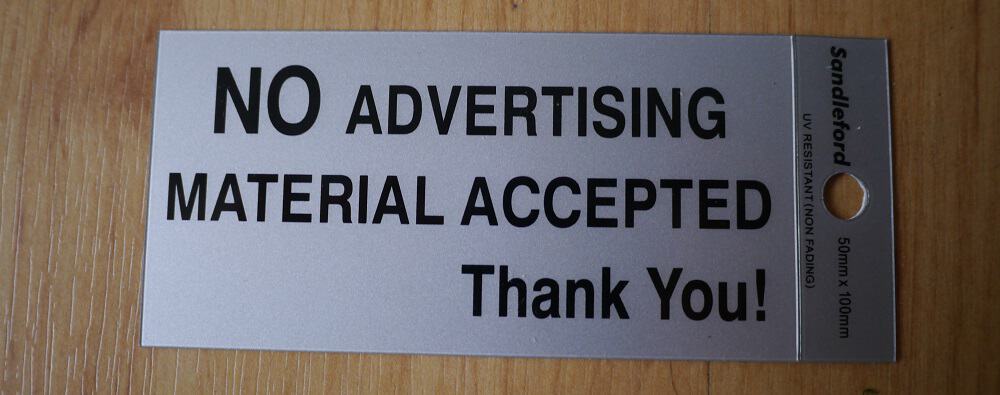To Anyone Who’s Ever Had To Compromise
I’ve been planning to write this since I wrote about buying an iPad. I received some criticism for it (which was to be expected, given the nature of this blog), and that got me thinking.
Did I make the wrong decision? Did I abandon my morals? Am I a bad person? Have I fallen off the wagon?
Trying to live in a sustainable, ethical way isn’t always easy. There always seems to be compromise. It isn’t so much about the right thing to do, but the least bad thing to do.
I remember when I first stopped thinking about doing more, wishing I could do more, and decided to do something about it. I started doing postgraduate studies in Environmental Decision-Making, and I secured an internship at a UK charity called Tree Aid. Whereas at my previous workplace I was sometimes referred to as a tree-hugger (getting an internship at a charity called Tree Aid in no way helped this!), now through study and work I was surrounded by people who cared as much about sustainability, ethical consumerism, social justice and the environment as I did. Maybe they even cared more.
As someone who was just beginning this journey, I was expecting the people I was now exposed to to be hardened “greenies” (although what I thought that meant, I’m not sure). Yes, everyone was passionate, enthusiastic and dedicated. What I found surprising though, was all of them did things that I didn’t consider to fit with this image I had created.
There were the vegans who didn’t use animal products for environmental reasons, yet drank soy (soy production contributes to rainforest destruction).
There were families that wanted to connect more with nature so lived in the country, but had multiple cars to make this possible, including a four-wheel drive for the many trips into town for supplies, school and social outings.
There were people who would not step foot inside a department or high street store, and only bought ethical clothing, yet would shop for groceries at the supermarket.
There were people who took regular flights to visit projects or attend courses or seminars, or to travel to remote places to reconnect with nature and feel re-inspired.
At first I felt a little indignant. How can these people call themselves environmentalists when they fly/shop at Tesco/drive a gas-guzzling car?! Then I realised…they weren’t calling themselves anything. I was the one labelling them. They were just trying to do the best they could with the resources they had available to them.
Another thing I’ve slowly come to realise, is that you can be passionate about many things, but often they are in conflict with one another.
- Believing in Fair Trade, wanting farmers in poor countries to be paid a fair wage, and wanting to provide a market for these products…whilst also believing in supporting local producers and the local economy, and avoiding high food miles.
- Wanting to support organic, sustainable farming practices with free-range, grass-fed animals, whilst recognising that a vegetarian/plant-based/vegan diet uses less energy and is considered more sustainable.
- Flying uses huge amounts of fuel, has a huge carbon footprint and is a massive source of greenhouse gases…yet it enables people who do great work on sustainability to travel and reach wider audiences to spread their message. It also allows people to connect with nature and remote places, or see social injustice and poverty, and feel inspired to fight for them.
- Electronic gadgets mean mining, manufacturing processes that use chemicals, questionable working conditions and end products with short shelf lives that contribute to landfill…yet they are the main means of communicating the in 21st Century; if people want to connect, to inspire, to teach and to learn, these gadgets are necessary.
When faced with conflicts like this, we have to choose. How we choose depends on our situation, our resources, our experiences at that moment. It doesn’t mean we’d make the same choice next time. It doesn’t even mean we made the right choice this time – after all, making mistakes is how we learn, and grow, and get better at what we do.
When I bought my iPad, I made a decision, and I was faced with a choice. I wanted to be able to connect with other people online, and be a part of the sustainability online community. I wanted to be able to work online outside of home, and the freedom this gives me. I wanted to be able to read books, magazines and articles electronically, to learn more and feel inspired. The decision was to invest in a tablet. My choice wasn’t about whether this was the most sustainable thing to want; it was whether I could achieve this in a more sustainable way. Looking at options, there was no ideal solution, just a “least bad” one. That’s how I made my choice.
You know what? Sometimes, that’s how it is. We have to compromise.
Having to compromise sometimes doesn’t mean I’ve abandoned my principles (tweet this). It doesn’t mean I care less about living a sustainable lifestyle, Fair Trade, social justice, landfill waste or plastic pollution.
It means I’m not perfect. But I’m doing the best that I can.
[leadpages_leadbox leadbox_id=1429a0746639c5] [/leadpages_leadbox]

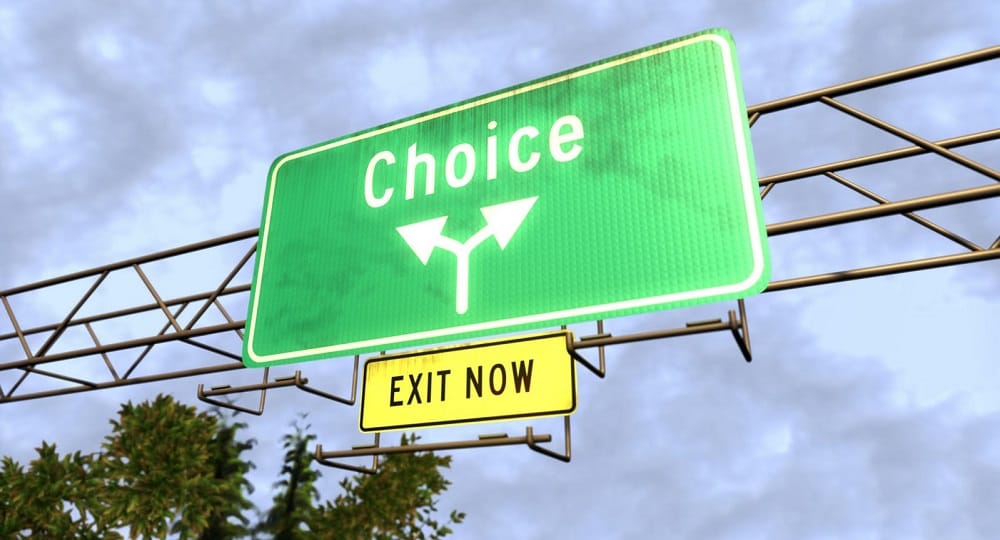
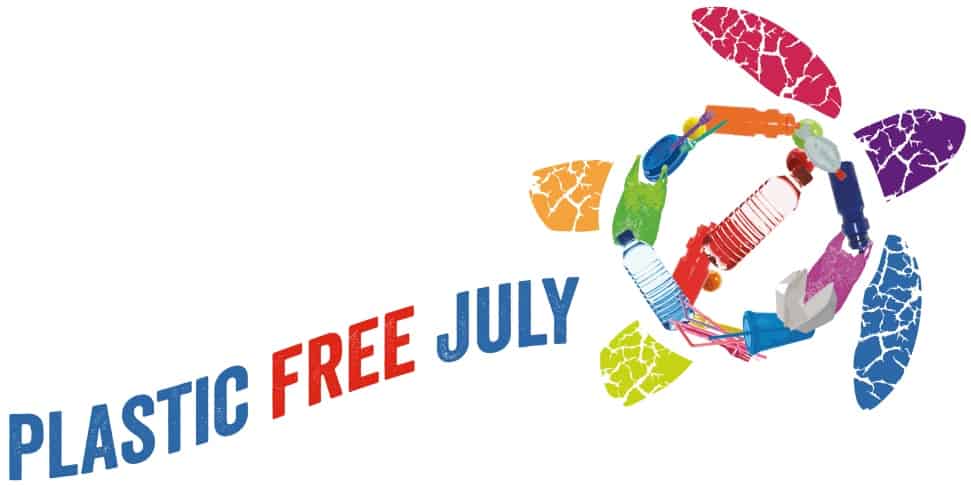
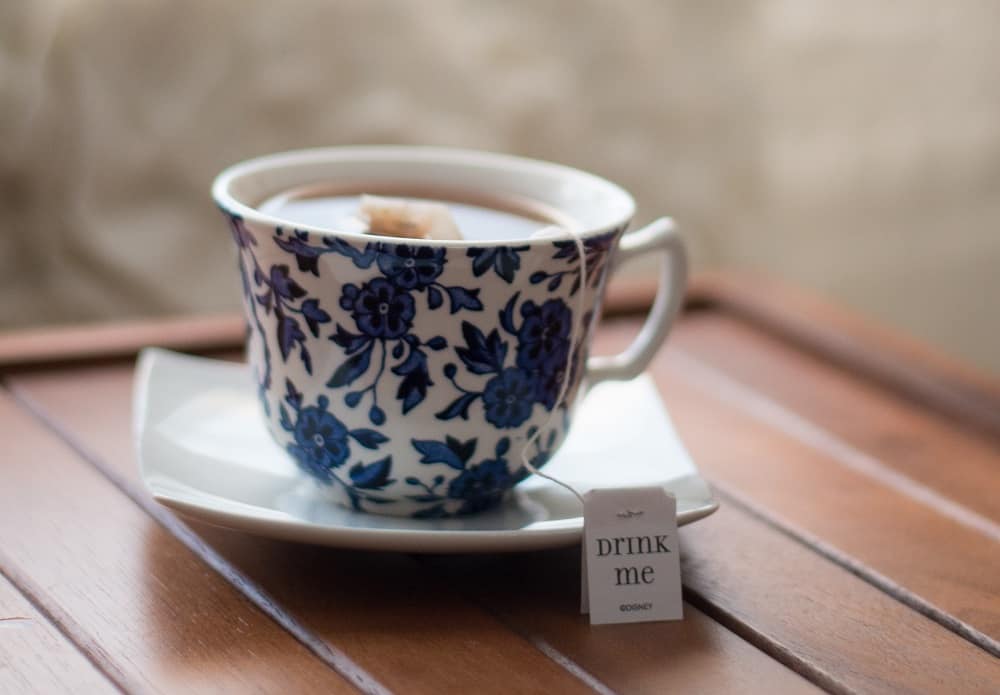
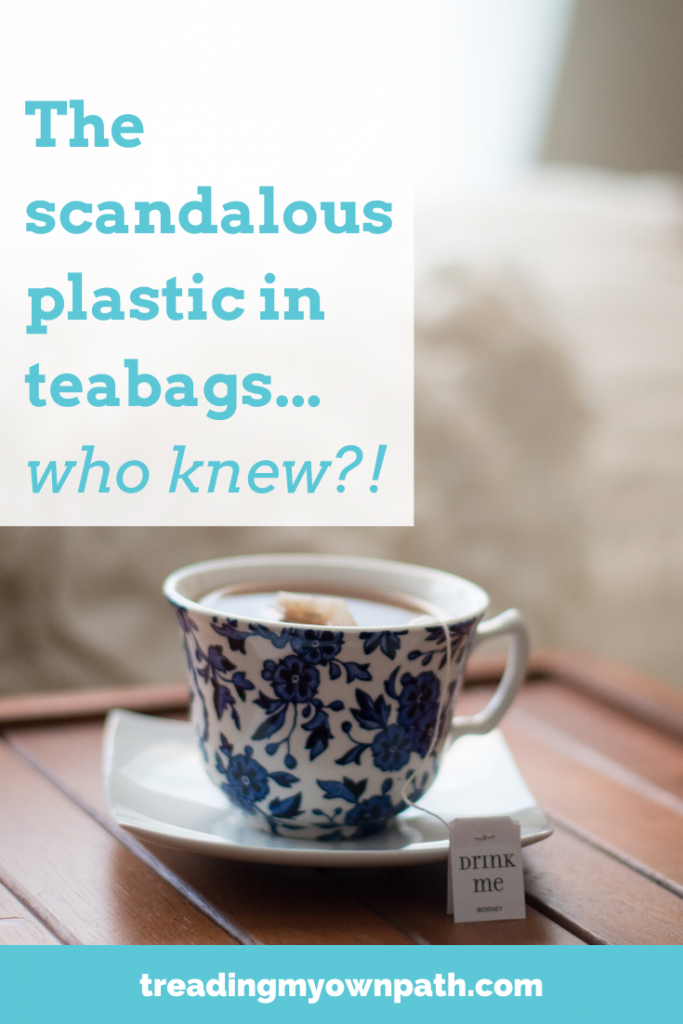
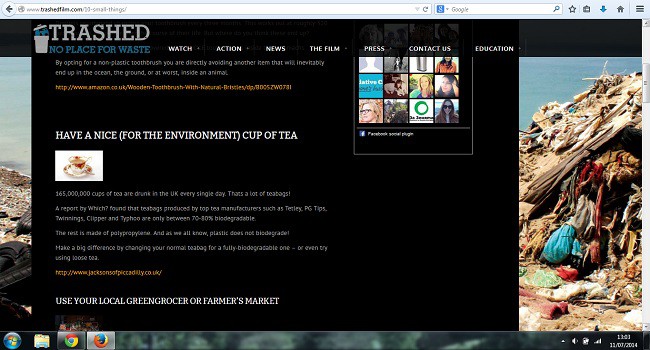
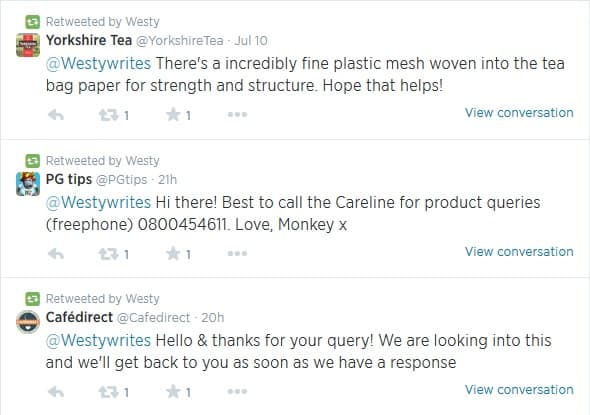
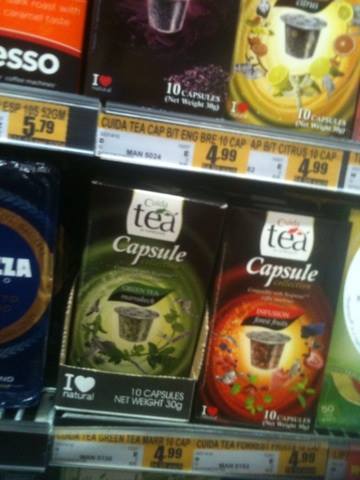
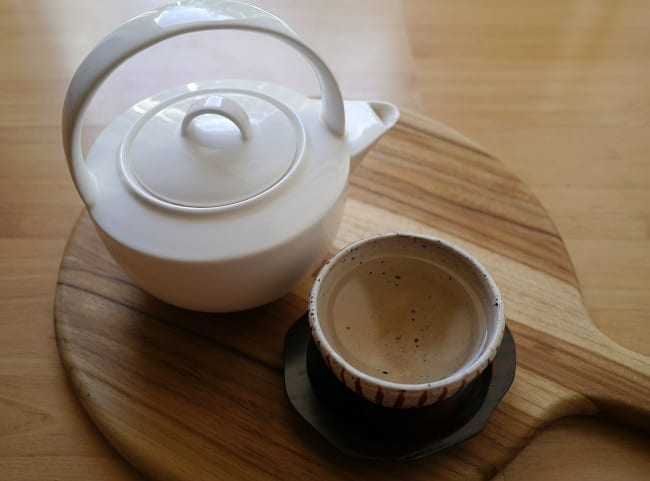
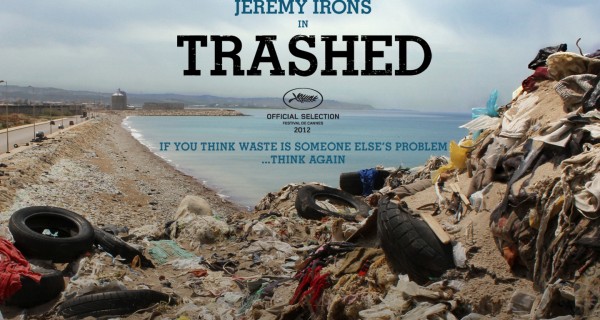

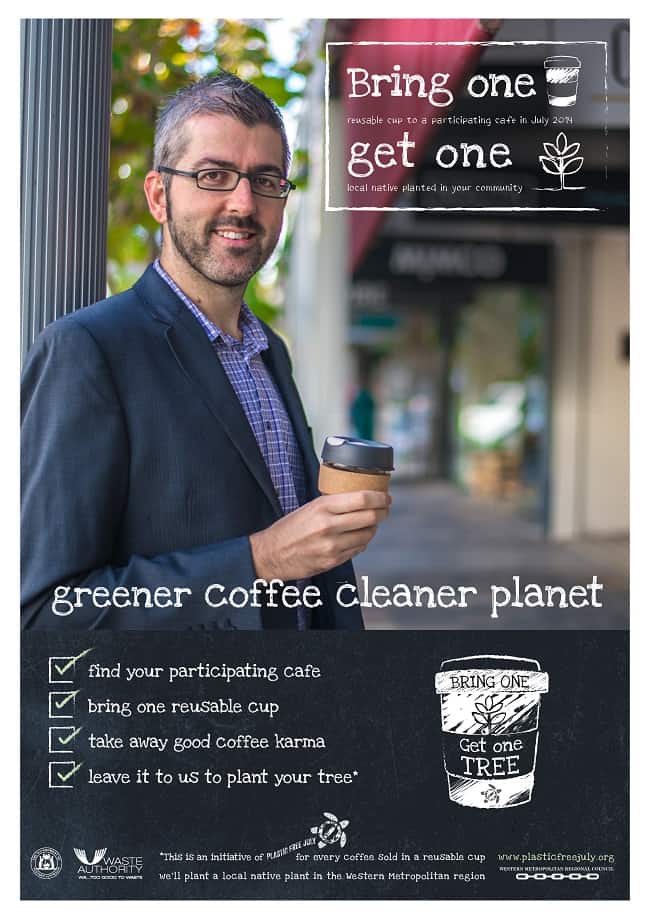


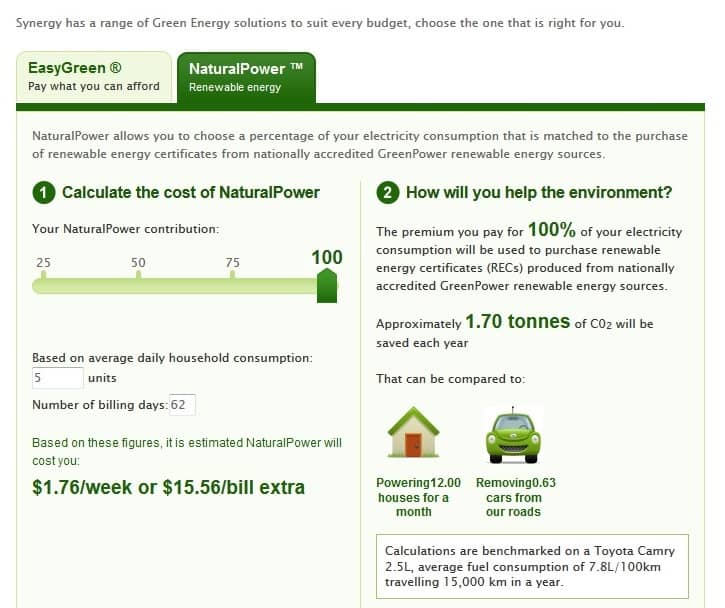
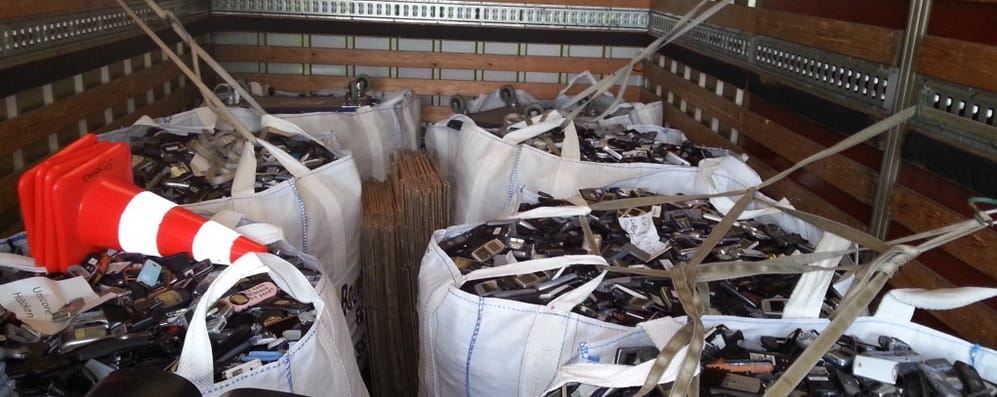
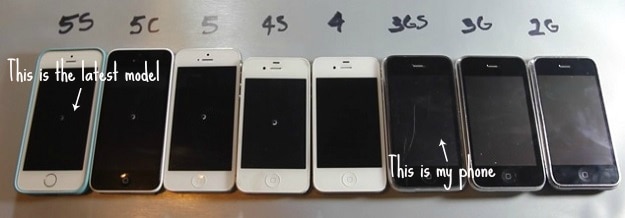
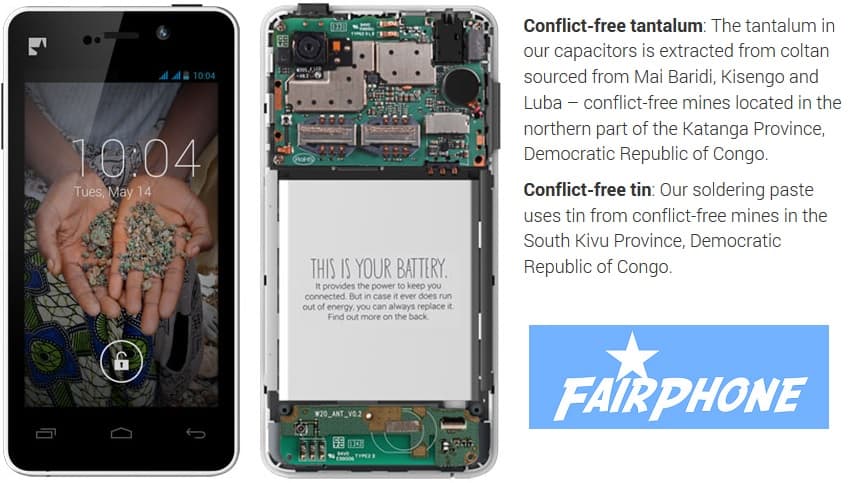
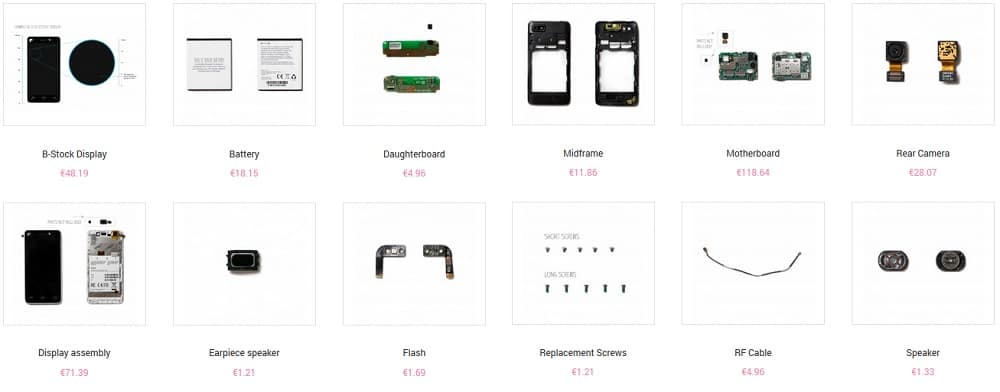
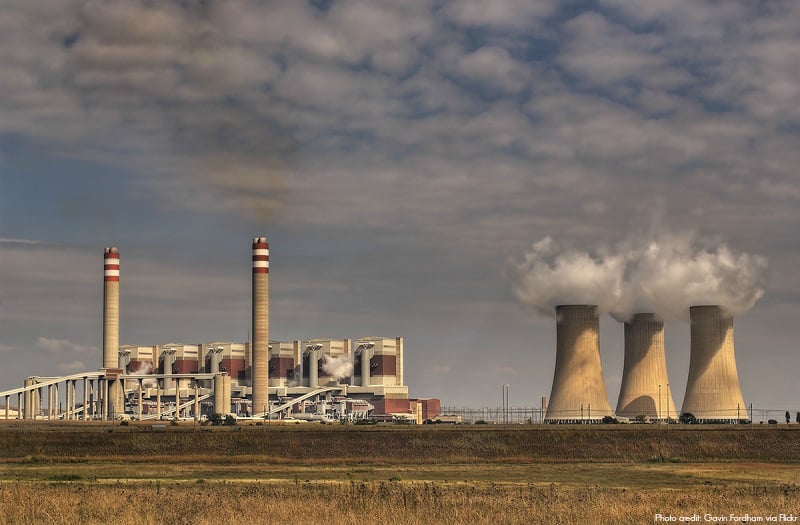
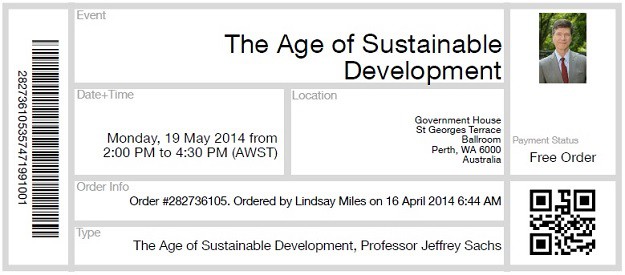
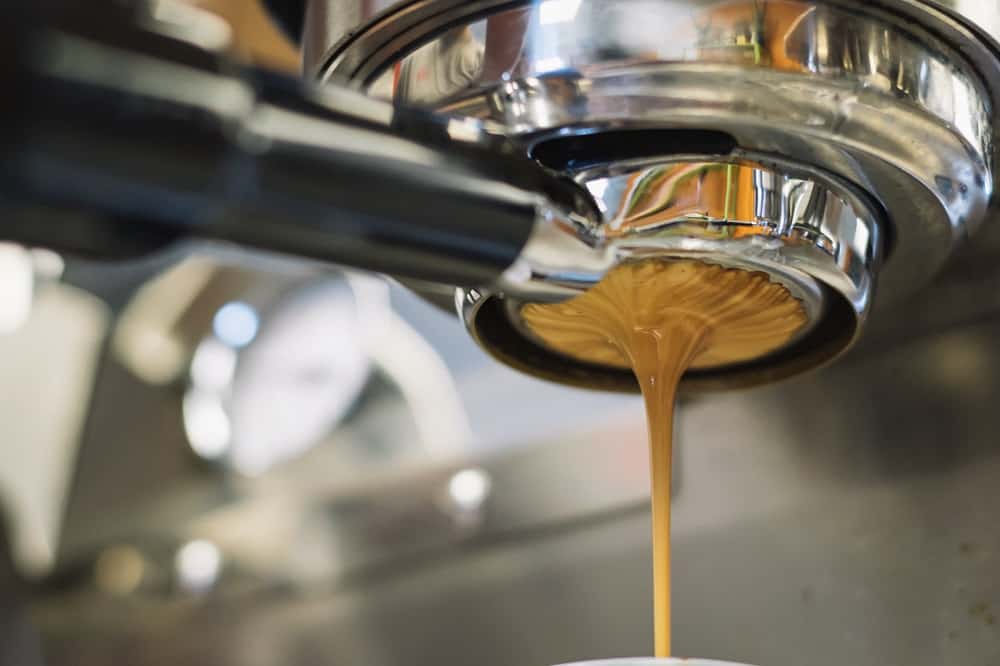


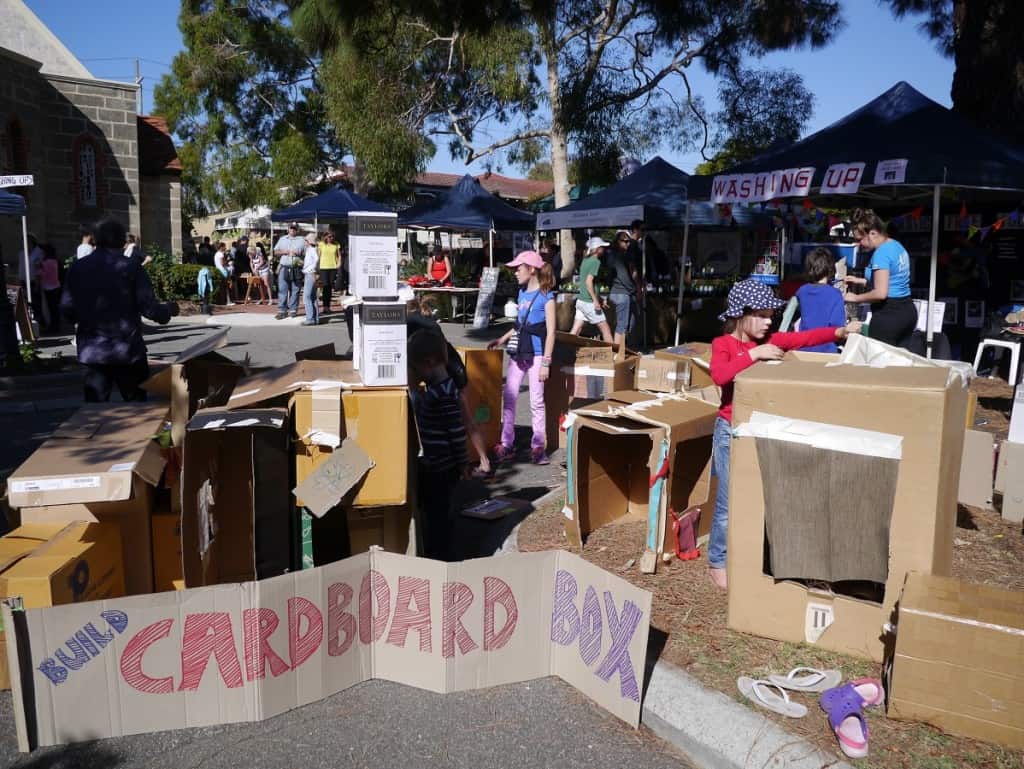
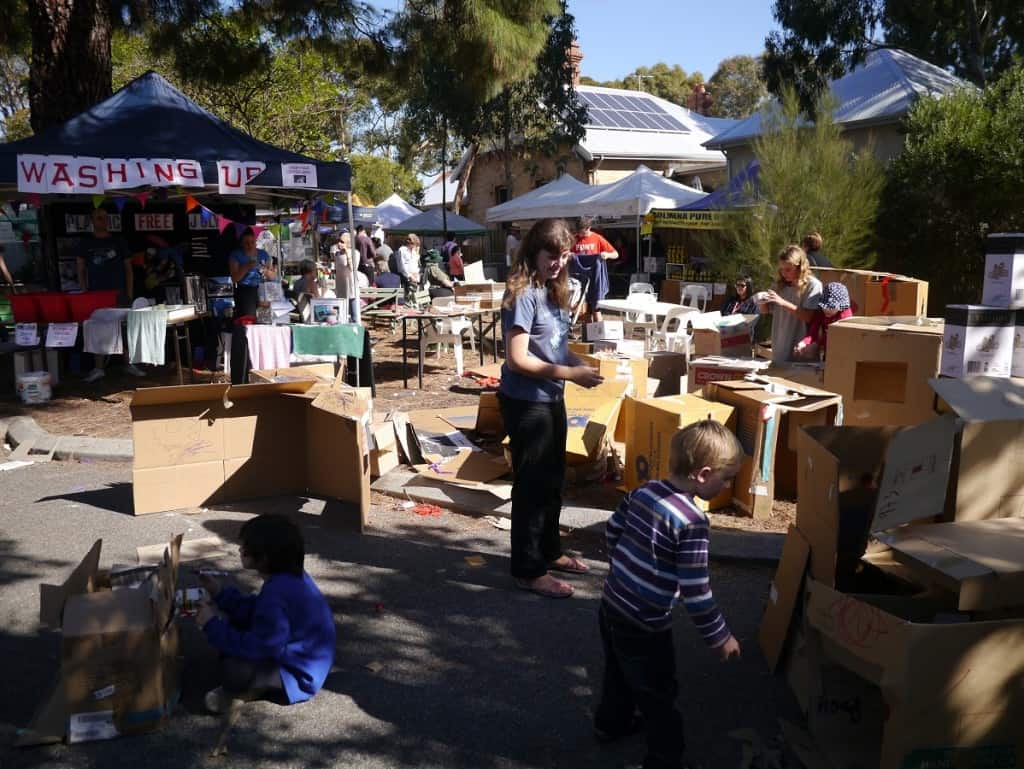

 The cake is a chocolate pear rosemary cake that’s gluten- and dairy-free. You can find the recipe
The cake is a chocolate pear rosemary cake that’s gluten- and dairy-free. You can find the recipe 